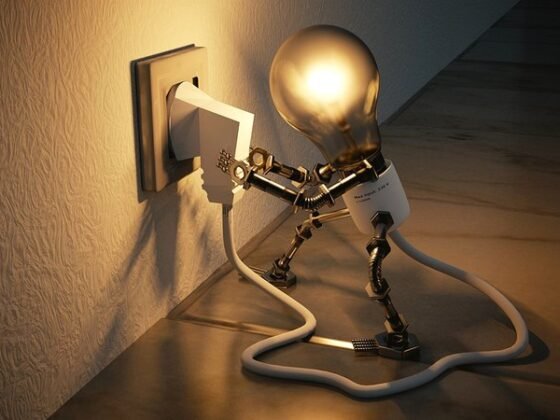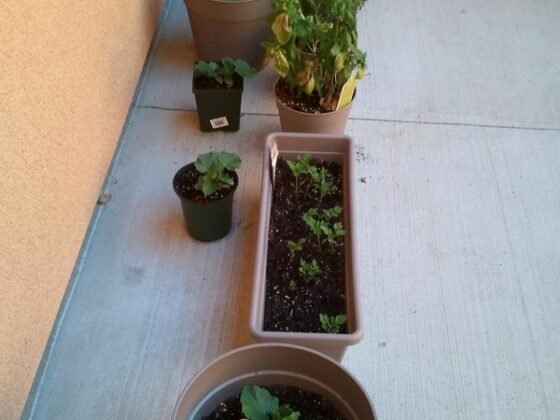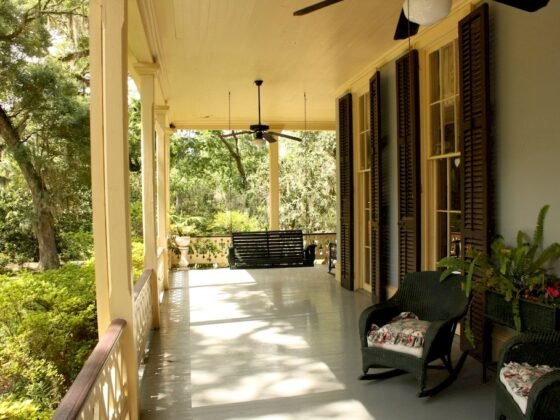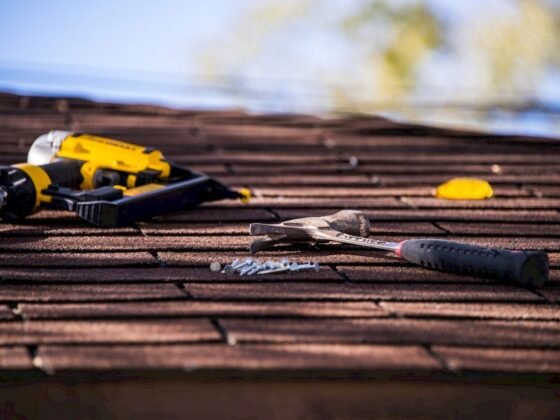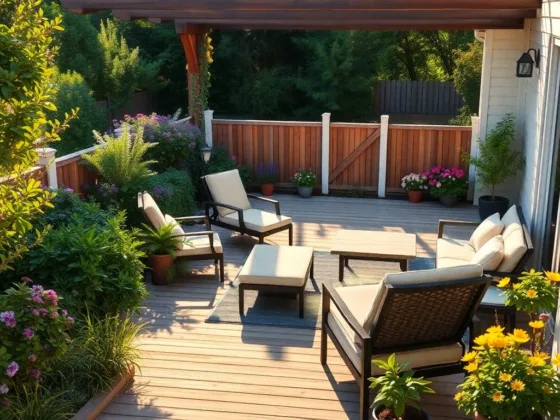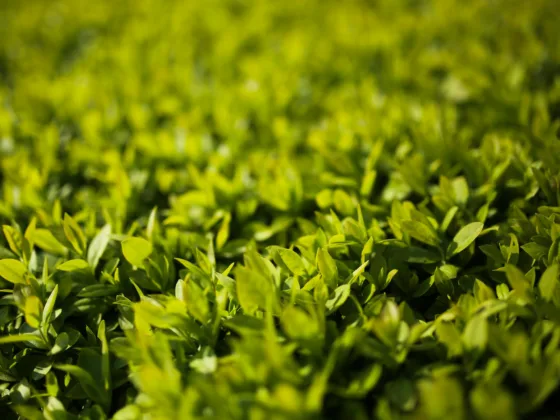Table of Contents Show
Home Gardening Tips — People from all walks of life and incomes are taking up home gardening. The benefits can range from keeping active around the house and yard, to having the satisfaction of watching something they plant thrive, to a source of healthy food at a time when prices are climbing.
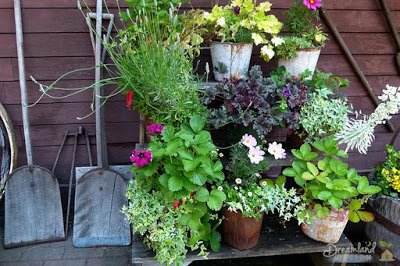
Of course, sitting down to a salad that you grew and having either family or neighbours say, “You grew this outback?” is its own reward. Which reminds of the first strawberries we ate from our home garden. They were so good they brought back memories of my childhood few years ago.
Home Gardening Tips
For beginner gardeners, a few “big picture” home gardening tips will help make your backyard garden that much more fun and successful.
Read Also:
Where to Start Your First Home Garden
Start Small and Grow
From personal experience I would suggest you don’t bite off more than you can chew, no pun intended. A 10’ x 10’ garden plot can provide sufficient space for a few rows of veggies, a tomato plant or two, a row of ice box melons or strawberries. Think small, at least in the beginning.
Your Garden Wants Lots of Sun
Next, spend some time observing the sun before you plant. Too much direct sun may result in dried out plants that will require a lot of watering. For delicate plants, you might want to consider a mesh shade to protect pants from harsh afternoon rays when the sun is strongest.
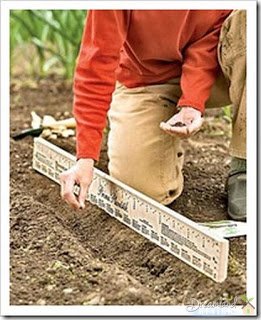
We don’t have to worry too much about getting too much sun on our backyard gardens here in New Brunswick Canada but as you move further south it becomes a concern.
Not enough sunlight means your plants won’t grow as fast, or could be stunted. You may want to consider container planting since the container can be moved to catch the necessary rays.
Think About Collecting Rain Water
Also, figure out how you’re going to water your garden. Consider irrigation canals so you can just lay a garden hose in the canal and have the irrigation do the rest. Avoid flooding, so your plants won’t get washed away.
We use rain barrels to catch rain coming off the garage and house which saves us a lot of water and keeps our water bill down a bit. We are looking into getting some water butts.
Stick to plants that are easy to grow in your climate, with the soil that you have available. There’s a reason gardeners bring zucchini bread to the office–zucchini is hardy, and grows easily, given adequate water and sunshine. Last year we had so much zucchini we were giving it away.
Bibb lettuce is another backyard gardening winner. It grows quickly and you can supplement your store bought salad with just a few leaves initially to lend that home grown flavour. Swiss chard, rhubarb, and Bok Choy are other leafy greens that can be used in a variety of ways and grow in many kinds of environments.
Read Also:
Once you’ve figured out your environment, and what grows easily in it, cultivate a relationship with a nearby nursery. Employees of nurseries are used to answering all sort of gardening questions, and frequently have the answers to what grows where, how to aerate the soil (so the water will flow easily through it), and how to feed your plants with either an organic fertilizer that works in your climate, or the best way to set up a small composting operation to avoid using chemical fertilizer, if that is a concern.
The nursery will also be able to suggest the right gardening tool. Don’t think you need to go overboard here. A pair of sturdy gloves (unless you want to get your hands dirty), a garden trowel for digging around plants, a hoe long enough so that you don’t have to bend too much, a shovel and a rake should be enough to get started. Make sure these tools are sturdy enough so that you can use them for several seasons even if it means spending a few extra bucks.
Some veggies will take root simply by throwing some seeds into well aerated soil–carrots, for example. Others, like tomatoes, may need to be started in containers and planted in the garden when they bear leaves.
Above all, be patient. Care, know how, Mother Nature, and planting what works in your climate and soil can produce veggies and sometimes fruit (think melons) that will have friends and neighbours exclaiming, “You grew that?”

